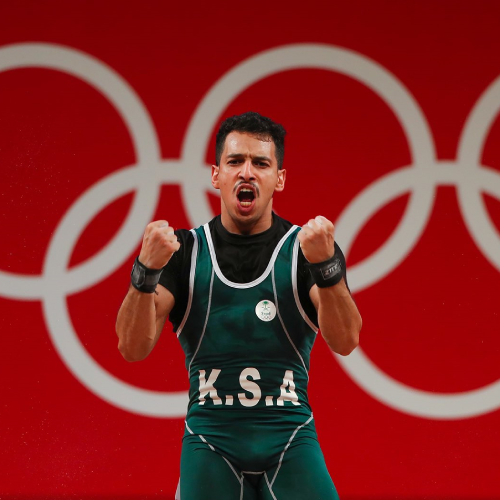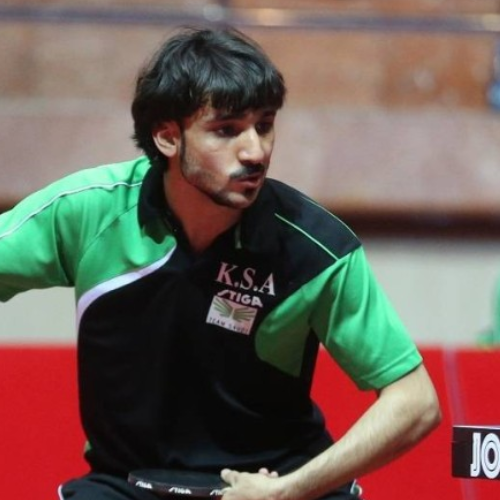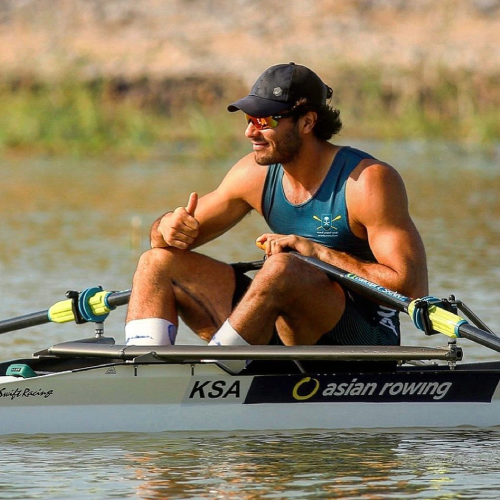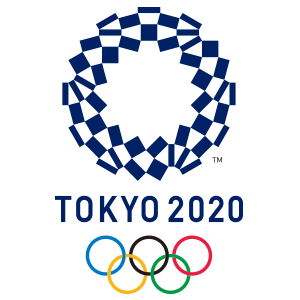
Date
23 JULY - 8 AUGUST
Teams
206
Country
Japan
Events
339
Athletes
11420
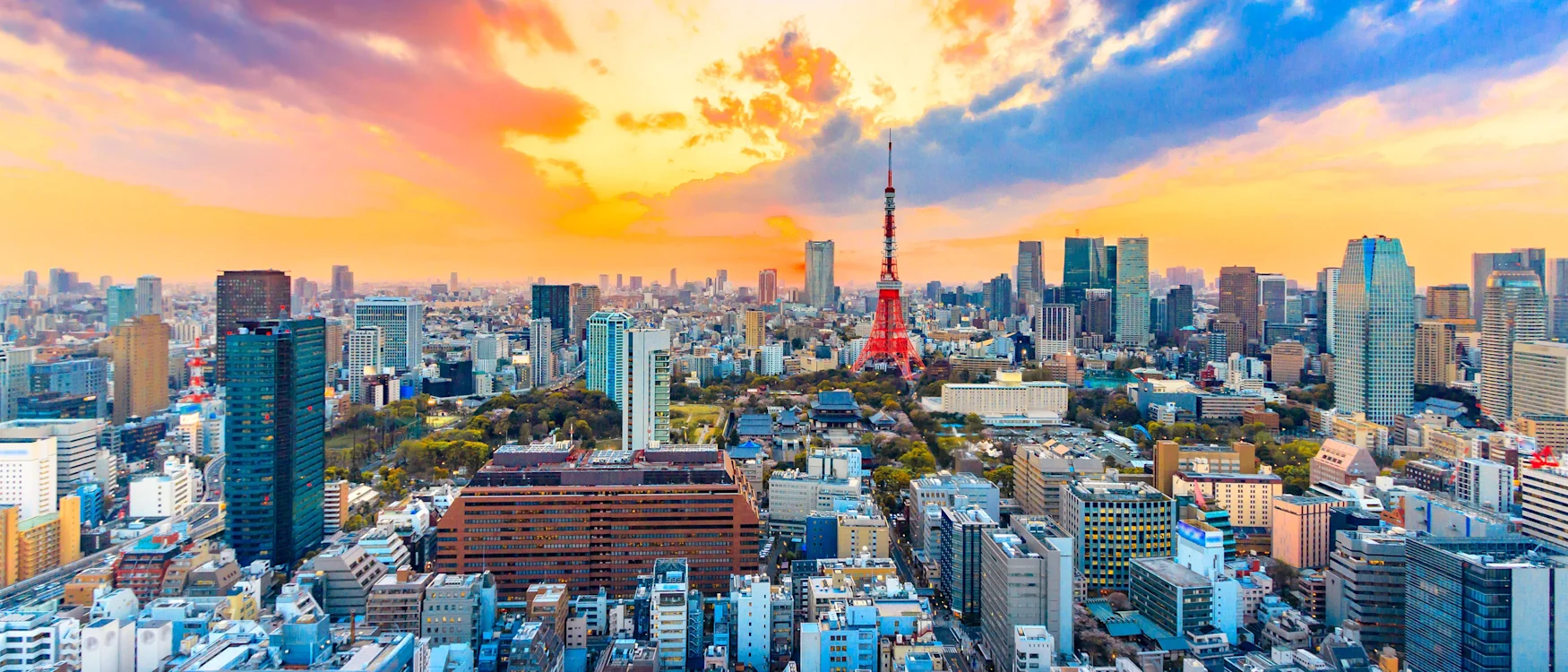
Sport and Solidarity
The Tokyo 2020 Games were an unprecedented demonstration of unity and solidarity as the world came together for the first time following the onset of the COVID-19 pandemic for an Olympic Games focused on the pure essentials: a celebration of athletes and sport.
This sense of solidarity was critical to the success of the Tokyo 2020 Games following their historic one-year postponement, especially in the establishment of the Tokyo 2020 Playbooks—guidelines for safe and secure participation and operations. The Playbooks set a new standard for large-scale sporting events and ensured that everyone from athletes to the media would be able to safely take part in the Games.
Youthful, Urban, and Gender-Equal
The Tokyo 2020 Games showcased the evolution of the Olympic programme, introducing new sports and events that strengthened the timeless appeal of the Olympic Games for a new generation. Tokyo 2020's 339 events in 33 sports—the most in Olympic history—included the Olympic debut of sports such as skateboarding, sport climbing, surfing and karate, as well as events such as BMX freestyle and 3x3 basketball.
The expansion of the programme also included an increase in gender-equal competition opportunities. The Tokyo 2020 Games were the most gender-balanced in history, with a nearly 50/50 ratio of male and female athletes.
Sustainable Operations and Legacy
Almost 60% of Tokyo 2020 venues utilised existing facilities—including six legacy venues from the Olympic Games Tokyo 1964. Tokyo 2020's Toward Zero Carbon push resulted not only in reduced emissions but also in offsets that more than equaled the emissions produced, driving the Games beyond carbon neutrality.
Tokyo 2020 also pioneered innovative projects to include the Japanese public in concrete sustainability actions. The approximately 5,000 medals cast for the Tokyo 2020 Olympic and Paralympic Games were created from 100% recycled metals sourced from small electronic devices donated by the Japanese public. Meanwhile, the Victory Ceremony podiums were created from post-consumer plastic—once again donated by the Japanese public—and recycled marine plastic waste.






